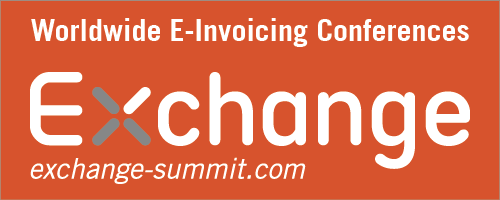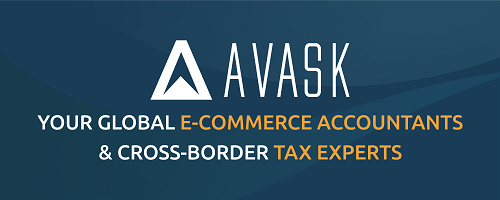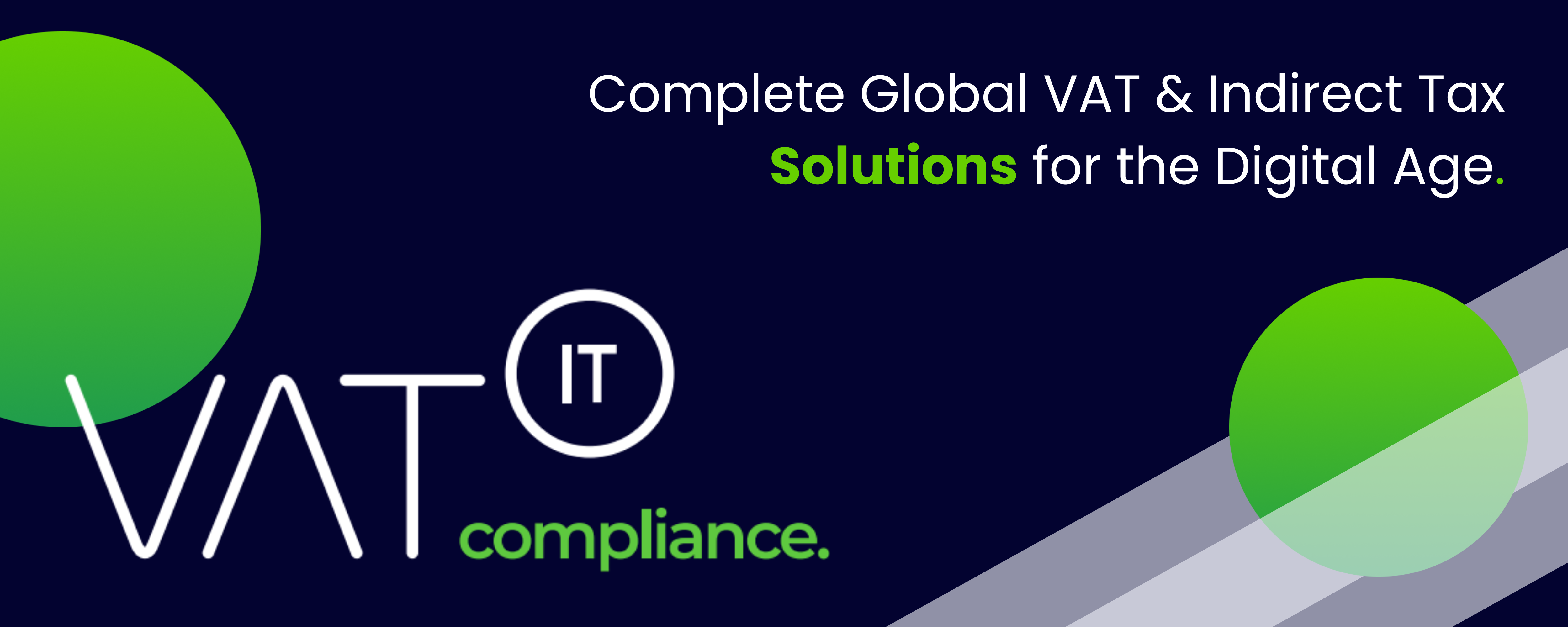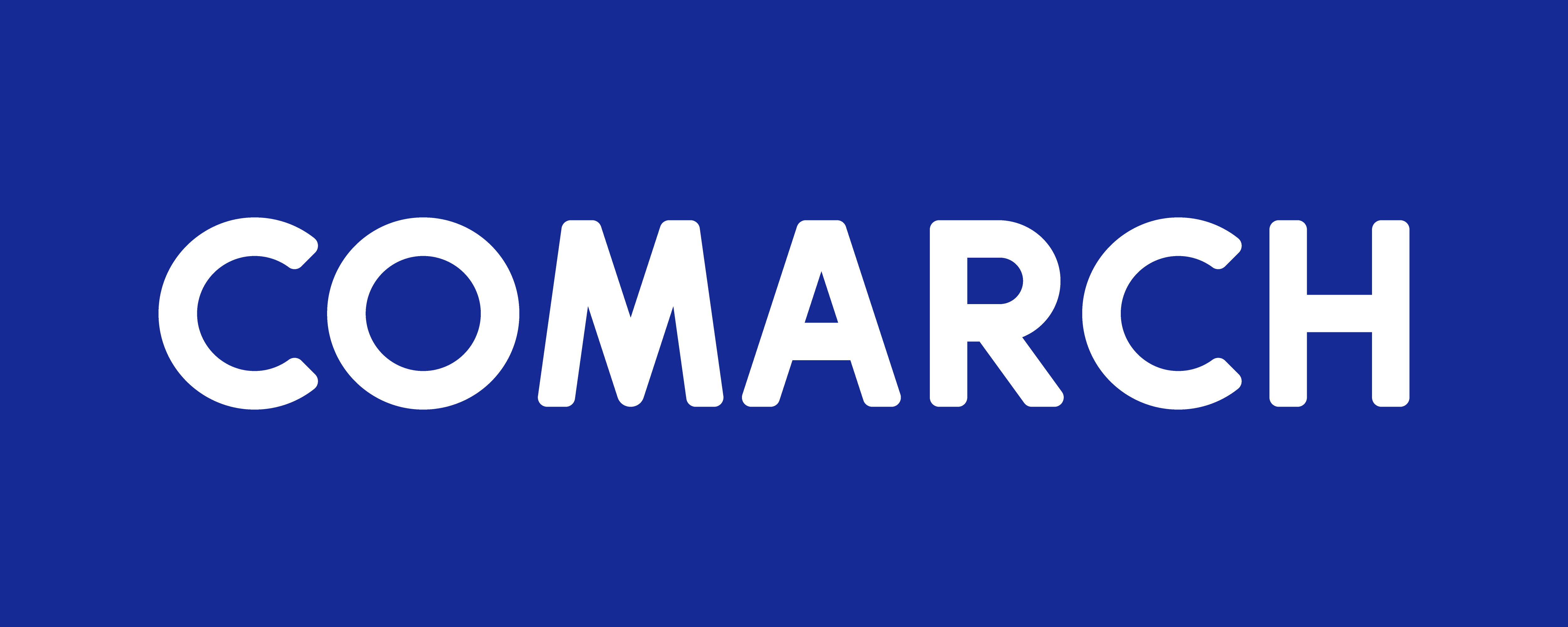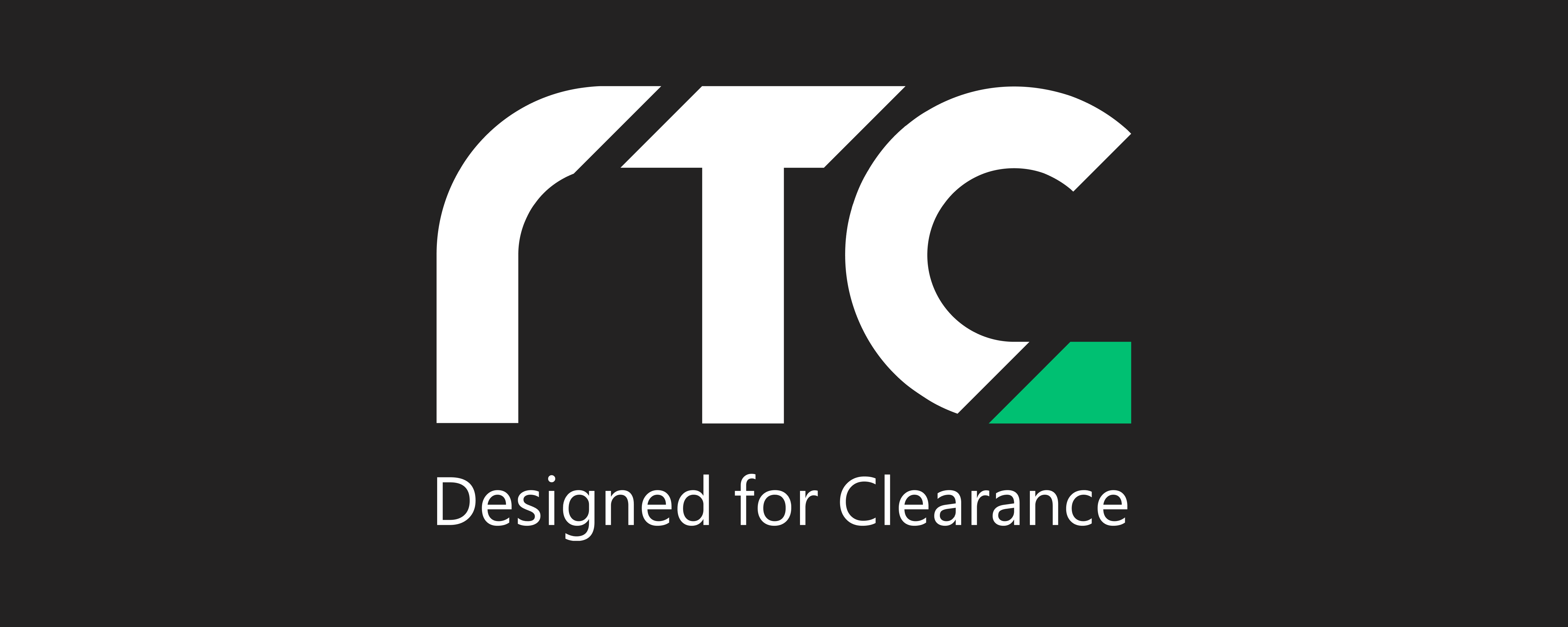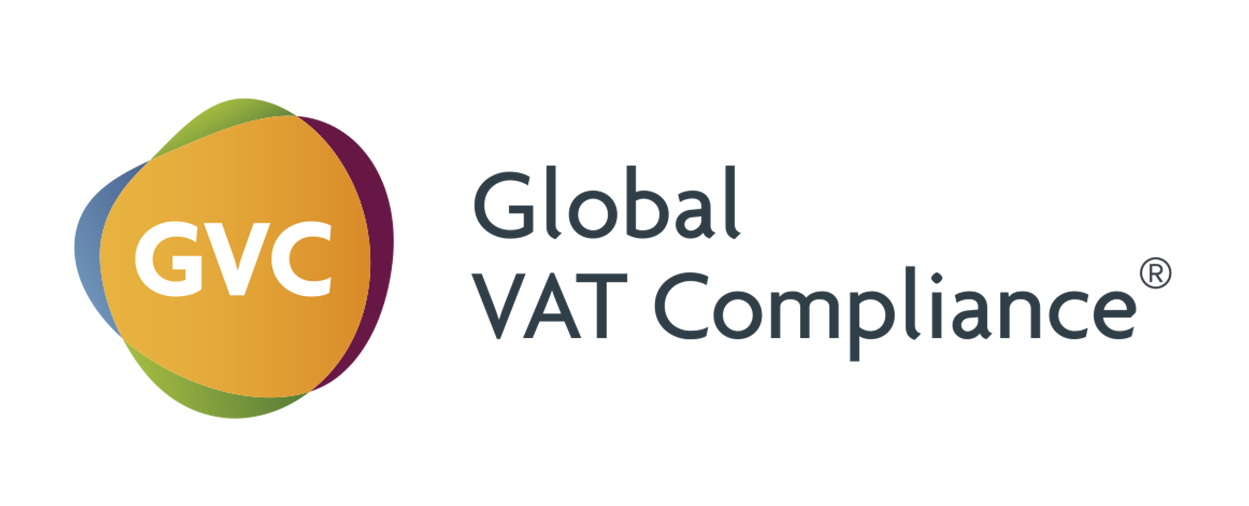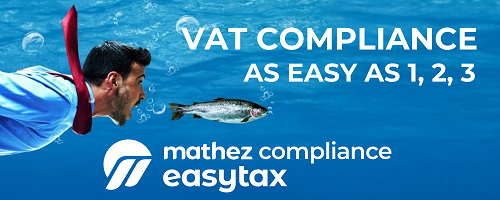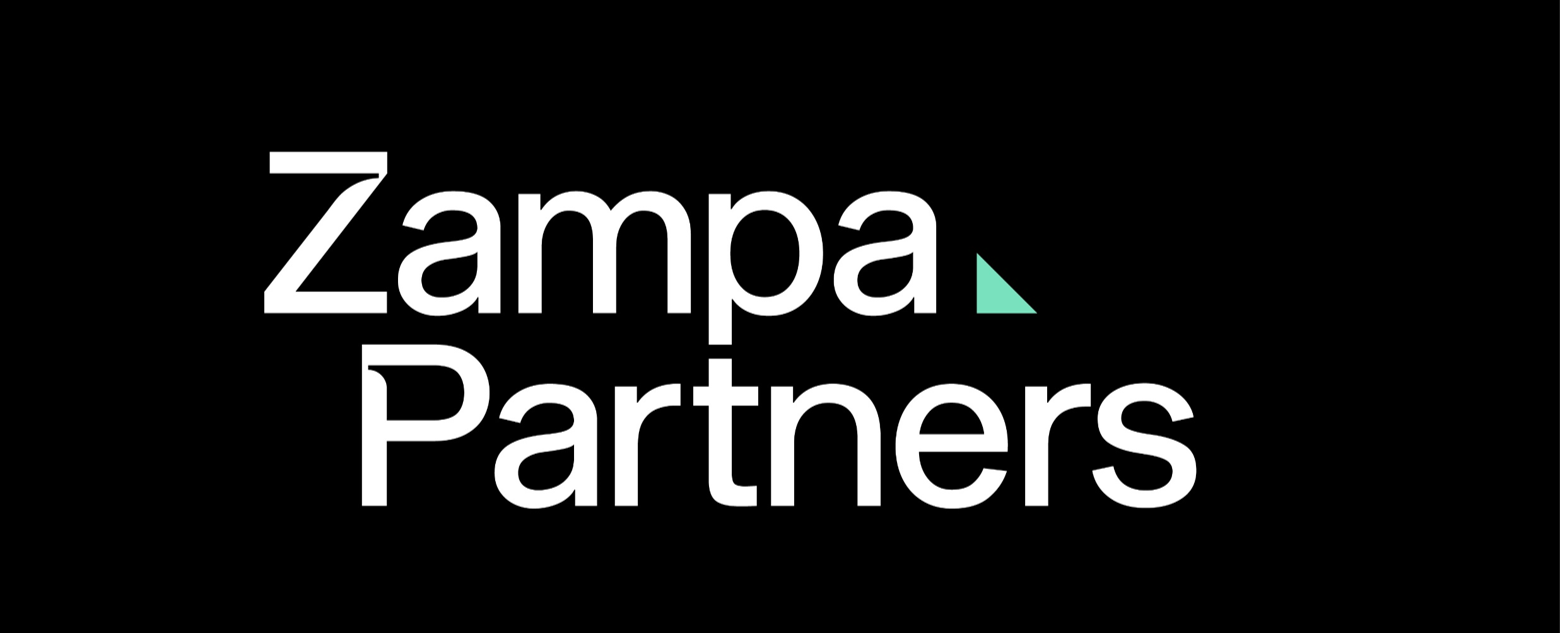- E-invoicing is gaining momentum in the GCC, with Saudi Arabia (KSA) and the United Arab Emirates (UAE) leading the way.
- KSA uses a centralized clearance system, requiring invoices to be submitted to ZATCA for approval before being shared with buyers.
- The UAE uses a decentralized model based on the Peppol network, with certified access points handling validation and exchange.
- KSA mandates e-invoicing for both B2B and B2C transactions, while the UAE currently only requires it for B2B transactions.
- KSA uses the Fatoora portal for invoice submission, while the UAE uses FTA-approved Peppol Access Points.
- KSA allows businesses to integrate their own solutions directly with ZATCA, while the UAE requires companies to partner with Peppol-certified access points.
- KSA uses CSID for digital signatures, while the UAE uses digital signatures managed by the access point.
- KSA uses UBL 2.1 XML for invoice formats.
Source: taxilla.com
Note that this post was (partially) written with the help of AI. It is always useful to review the original source material, and where needed to obtain (local) advice from a specialist.



